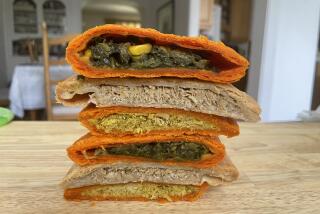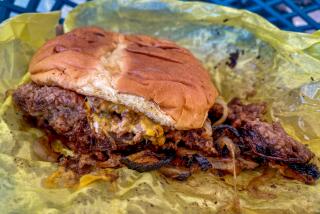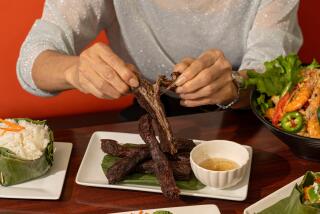Jerky Dining
Jerky is flavorful, chewy, always ready to eat--a snack, in other words.
At least, it’s a snack to us. Before refrigeration, it was often a necessity, because drying was one of the few ways to preserve meat.
So we find jerkies all over the world--biltong in South Africa, pemmican (dried meat mixed with fat, sometimes with dried fruit too) in North America, tasajo in the Caribbean. Tasajo (the name means tassel, because of a fancied resemblance of the strips of meat) had a moment of foodie fame back in the ‘80s through its Cajun descendant, tasso.
Nomadic herdsmen make a lot of jerky, of course, and mountainous areas, because of their abundance of cool, dry air, are often meat-drying centers. Tibet has its sha kampa, the Alps their bundnerfleisch. Our word “jerky” comes from the Andes, where ch’arki means dried meat in the Quechua language of Peru.
In most of these places, jerky is not just a nibble but a cooking ingredient as well. Ethiopian cooks throw jerky into dishes such as ye-k’want’a zilbo, in which it’s stewed with onions, butter, red pepper and ground beans. A Canadian soup with the odd name “rubbaboo” is simply boiled pemmican. Proper Mexican machaca is stewed jerky too.
The Mongols make bortso soup by boiling jerky with onions and noodles. This is curiously similar to sopa de arroz y carne seca, a rice and jerky soup popular on the cattle ranchos of Old California.
Dishes made with jerky can be delicious, but today the cost of jerky makes them too expensive for cooks to consider. In earlier times, of course, it was the other way around: Jerky was a money-saver, because it was the only way to keep from wasting the meat.


